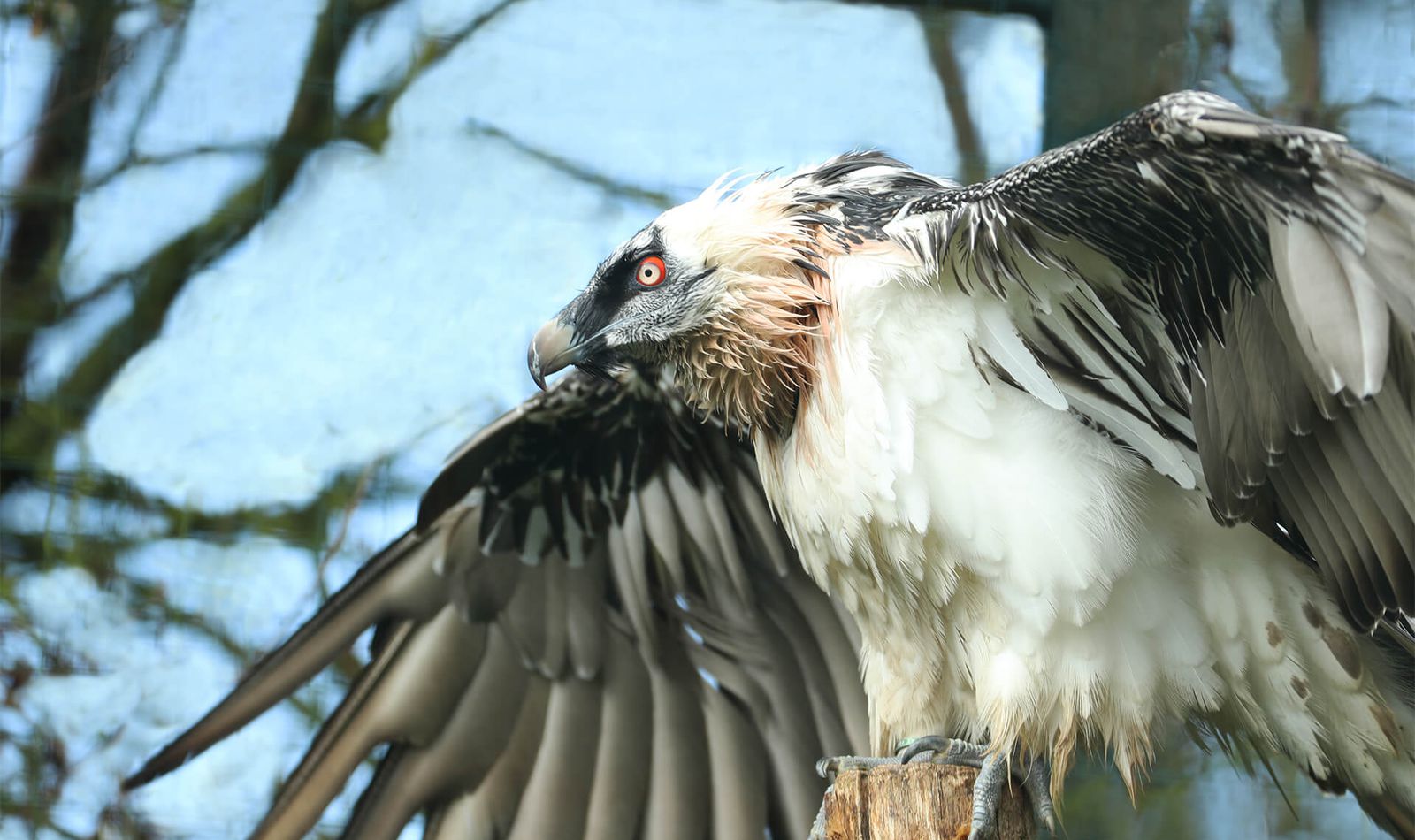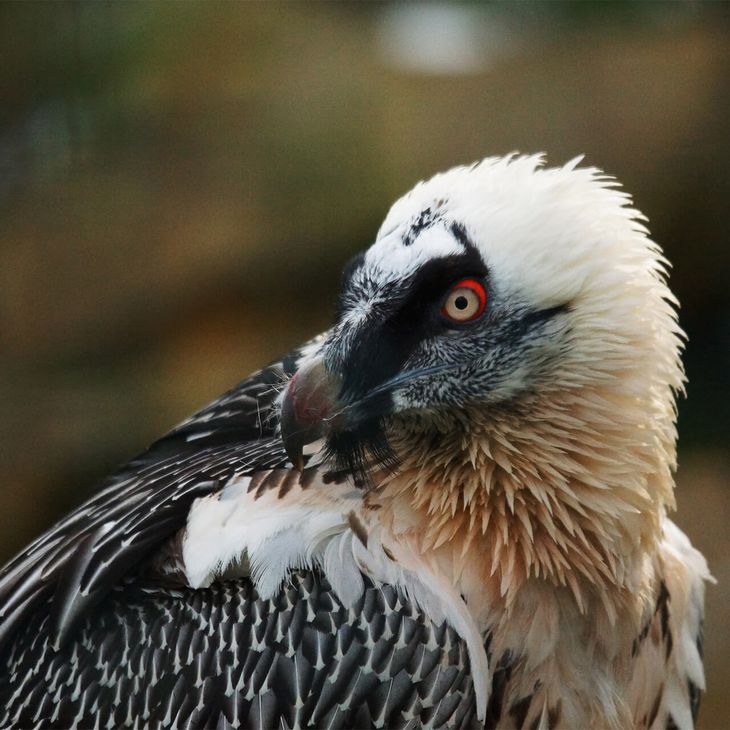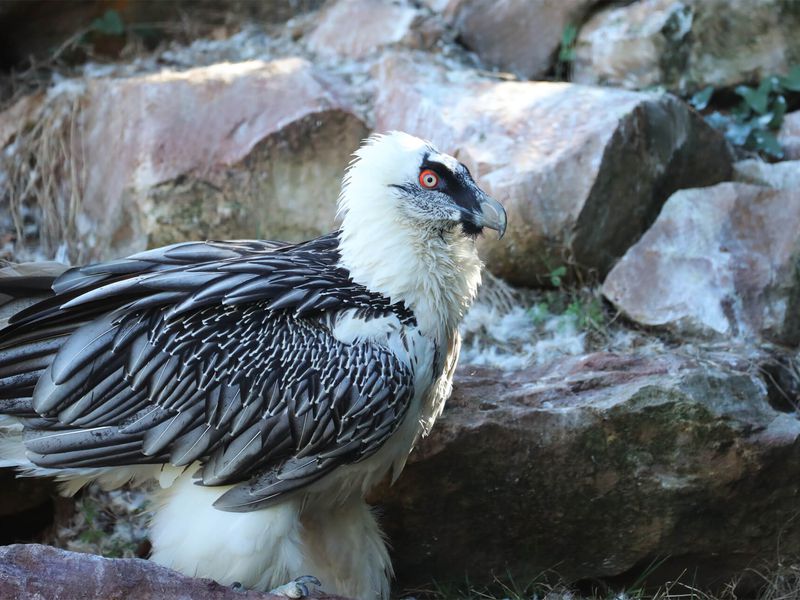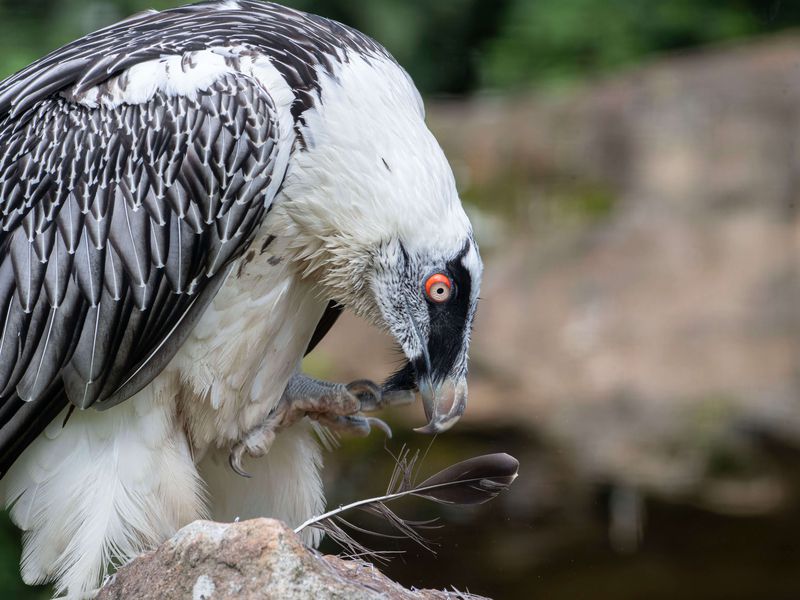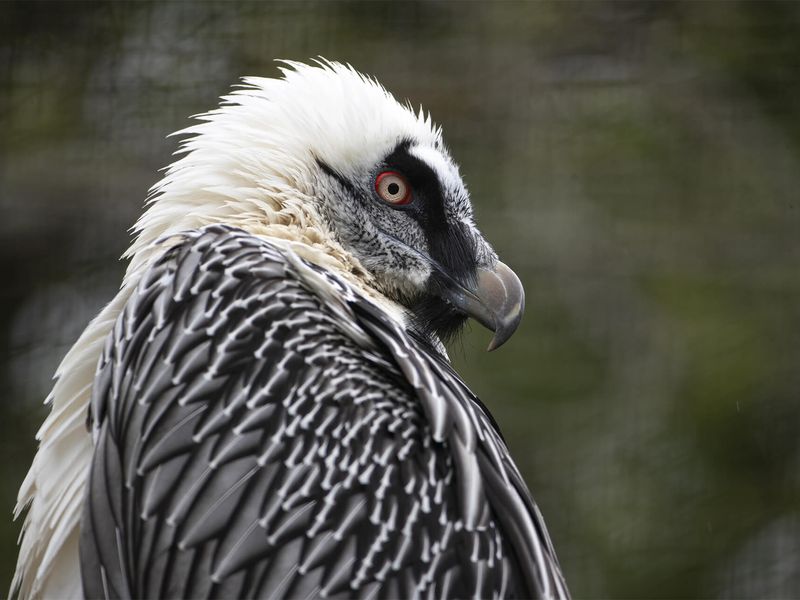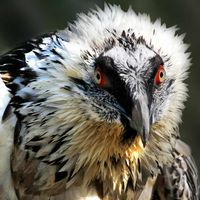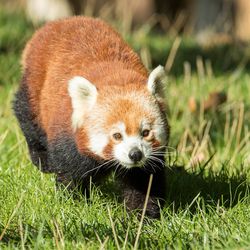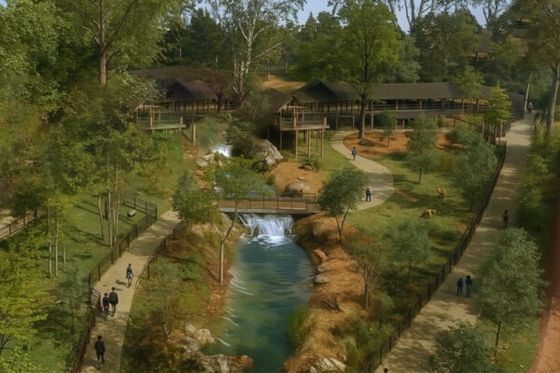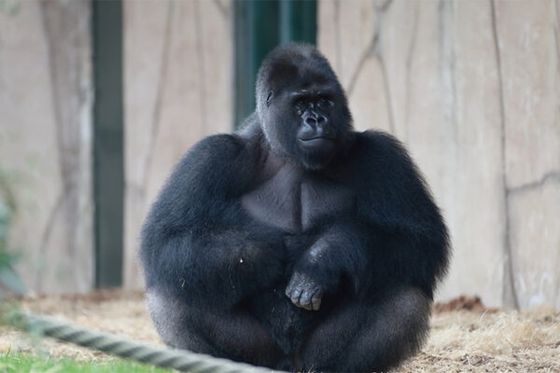« The bearded vulture is a scavenger that mainly feeds on bones »
Previously extinct in France
Today this species is protected
We often think of vultures roaming the vast deserts of Africa and America, but did you know that they also live in Europe? Including France! 4 species are found in France, all of which are protected: the griffon vulture, the cinereous vulture, the Egyptian vulture, and lastly, the bearded vulture.
The bearded vulture lived in the Alps until the beginning of the 20th century; It was hunted due to the negative image associated with the vulture and became extinct in the region in 1913. The joint work of zoological parks and nature conservation associations has resulted in the subsequent reintroduction of the species.
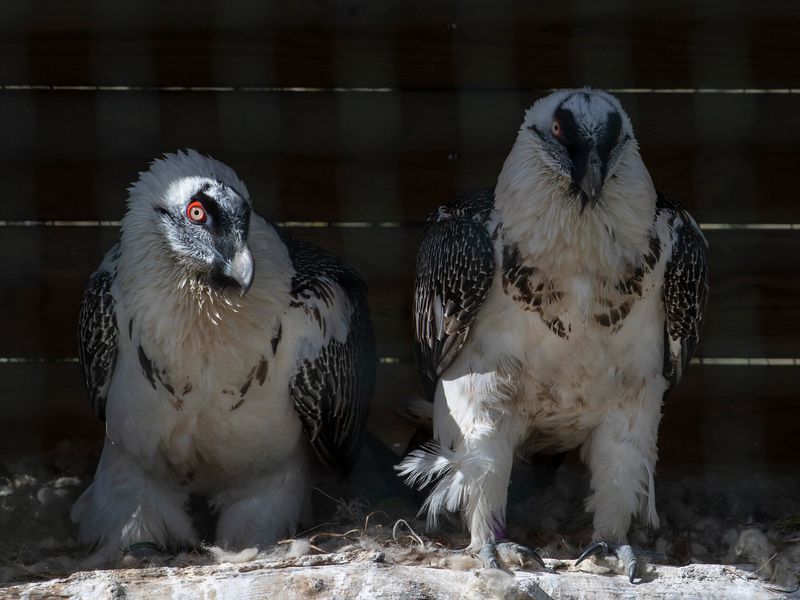
Did you know?
Un Œil en Coulisse - Saison 6 Ép 9
Two bearded vultures chicks were born
At ZooParc, there are often good reasons to rejoice! The good news is really very pleasing: the birth of 2 bearded vultures in March 2022. Everything has been done to give birth to their young, the species of which is “near threatened”.
Beauval Nature supports the reintroduction of the bearded vulture in Europe
The bearded vulture is the largest European vulture, but this species is living on borrowed time. Obligatory carcass disposal regulations have led to a reduction in the food resources that are available to this species. Degradation of their habitat and repeated poisonings have also contributed to the steady decline in bearded vulture populations.
Thanks to the combined efforts of zoological parks and the Vulture Conservation Foundation (VCF), the bearded vulture has been reintroduced in several regions, such as the Alps, where 60 births attributed to released individuals have already been recorded.
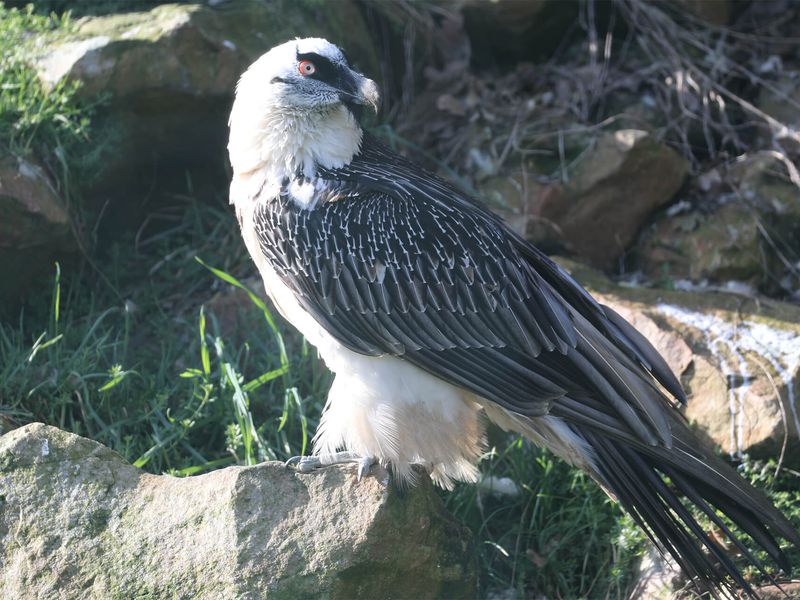
La Rhune, the vigilant lookout
La Rhune is a verydiscreet female; if you wish to look for her during your visit to the ZooParc de Beauval, take a good look at the top of her aviary.
She particularly enjoys keeping an eye on her surroundings from a perch located close to her nest, in which we hope to soon see a few eggs!
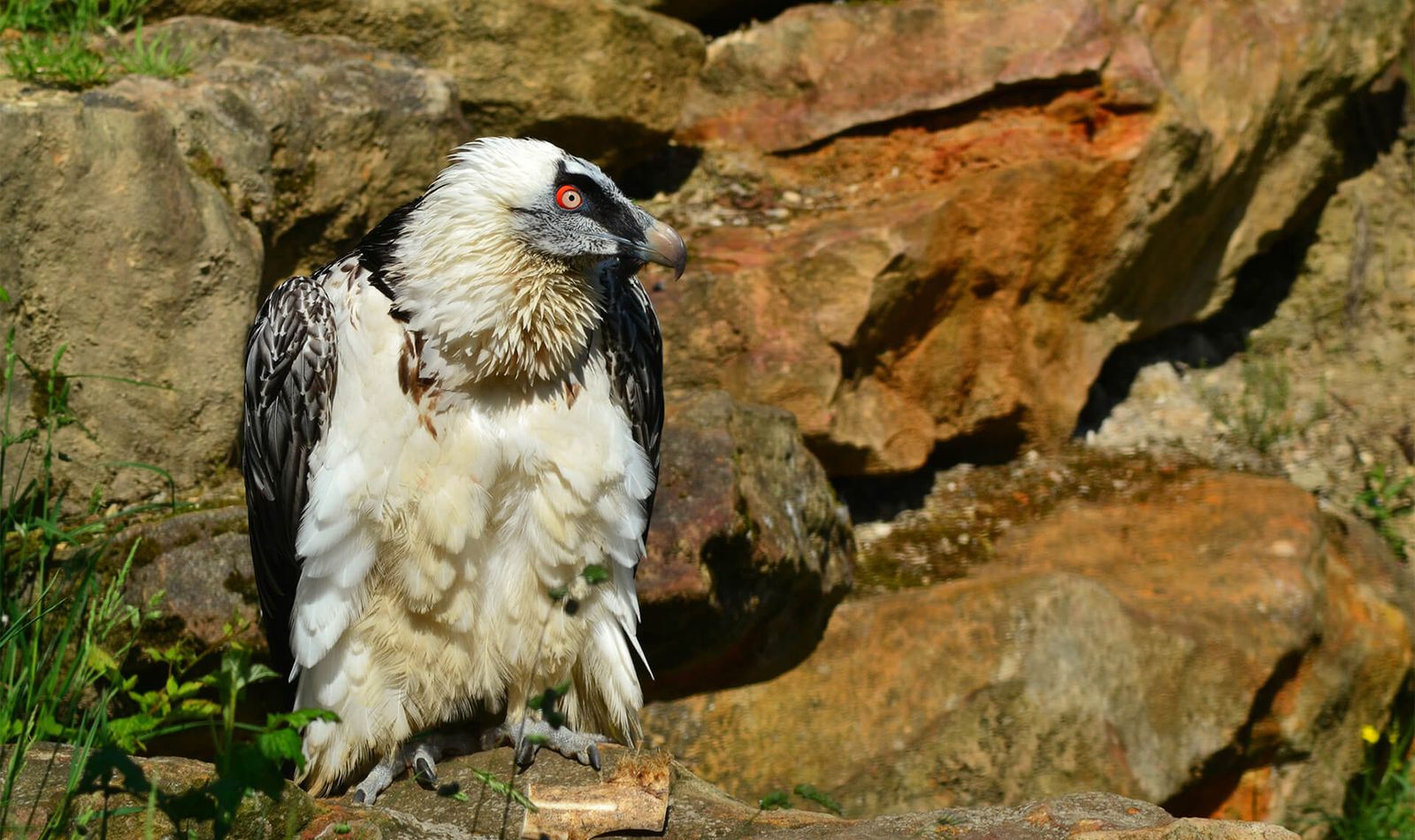

Sponsor our bearded vultures
Establish a strong bond with your favourite animal whilst supporting conservation programmes through the Beauval Nature association!
Near threatened
Learn more about the species
-
ScavengerDiet
-
52 to 56 daysIncubation
-
1 to 2 eggsClutch size
-
MountainsHabitat
A large range
The bone breaker
A low birth rate

Take full advantage of the experience thanks to our mobile application!
Find out more
